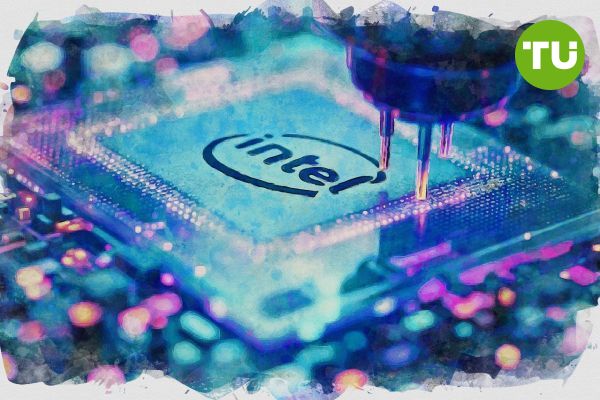Intel stock shows high volatility amid semiconductor industry uncertainty
 Intel appoints Lip-Bu Tan as CEO as stock jumps 30% in five days.
Intel appoints Lip-Bu Tan as CEO as stock jumps 30% in five days.
As of March 24, 2025, Intel Corporation's (NASDAQ: INTC) stock is trading at approximately $24.26.
Over the past year, the stock has experienced significant volatility, with a notable decline of about 43%. The recent price action reflects ongoing uncertainty about Intel's strategic position in the semiconductor industry and its ability to compete with dominant players like Nvidia and AMD.
Recently, Intel's stock surged approximately 30% over a five-day period, driven by the announcement of Lip-Bu Tan as the new CEO and speculation regarding potential business sales. However, the stock faced a 7% pullback following reports that tempered these deal speculations. This pattern of sharp gains followed by quick reversals reflects ongoing market uncertainty about Intel’s strategic direction.
INTC stock price dynamics (January 2025 - March 2025). Source: TradingView.
The relative strength index (RSI) is currently hovering around 45, suggesting that the stock is in neutral territory. If RSI moves above 50 with increasing volume, it could indicate a shift toward bullish momentum. Conversely, a drop below 40 could reflect renewed selling pressure. The stock's 50-day moving average is currently at $23.10, and the 200-day moving average stands at $28.50, reinforcing the importance of the $26 resistance level.
General market context and recent developments
Intel's recent strategic moves include forming an alliance with Curtiss-Wright, SYSGO, and wolfSSL to develop commercial off-the-shelf solutions aimed at enhancing safety and security in aerospace applications. This collaboration is expected to reduce time-to-market for new aerospace systems while maintaining compliance with industry regulations. The partnership reflects Intel's ongoing effort to diversify its revenue streams and strengthen its position in high-performance computing markets.
Despite these initiatives, Intel continues to face challenges in capturing a greater share of the lucrative AI chip market. Competitors like NVIDIA have a significant technological and market share advantage in AI hardware, particularly in graphics processing units (GPUs) designed for machine learning and artificial intelligence. Intel’s restructuring efforts, including divestitures and leadership changes, have added to stock volatility.
Analysts maintain a cautious stance on Intel, with a consensus "Hold" rating and an average price target of $23, suggesting a potential downside from current levels. The market remains concerned about Intel's ability to execute its strategic roadmap, particularly in light of ongoing supply chain disruptions and increasing competition from Asian semiconductor manufacturers.
Short-term scenarios
Considering the technical analysis and market context, Intel's stock is likely to trade within the $22 to $26 range in the short term. A decisive break above the $26 resistance level could pave the way for a rally toward the $30 mark, especially if supported by strong earnings or positive strategic developments. A breakout above $30 would likely encounter resistance near $36, where the 200-week moving average stands.
Conversely, if the stock fails to maintain support around $22, it may revisit the $19 support level. A drop below $19 would likely signal a deeper bearish phase, with downside potential toward the $16 to $17 range.
Intel appointed Lip-Bu Tan as its new CEO, with a $1 million annual salary and up to $2 million in performance bonuses. Tan, a seasoned semiconductor industry leader, is expected to drive Intel's transformation in chip manufacturing and design after Pat Gelsinger’s departure in December 2024.













































































































































